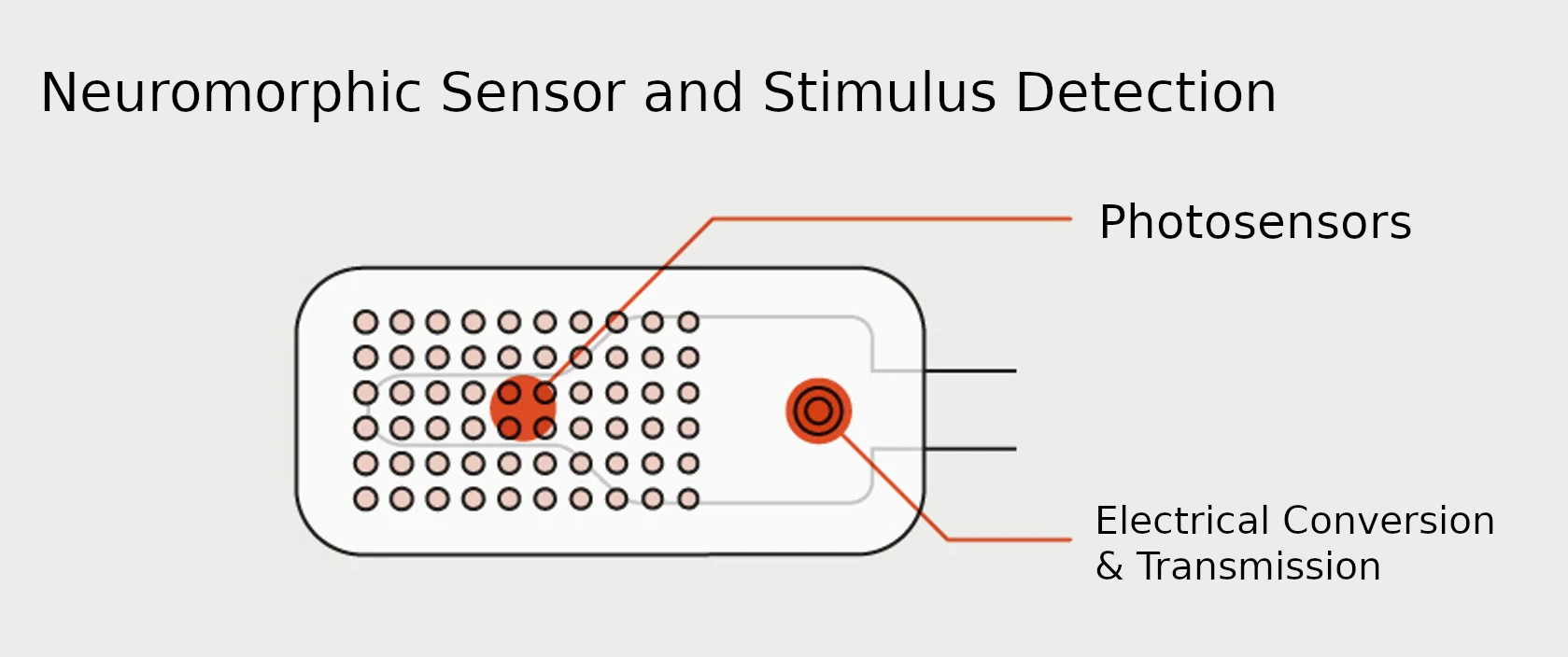O.I. Electrophysiology
This revision is from 2024/07/03 19:32. You can Restore it.
Three major issues with O.I. are...
- Lifespan: while they are potentially immortal, currently only about 100 days
- Size: too small, the bigger the organoid the more intelligence
- Communication: the input output system and effective training and communication.
Electrophysiology in O.I. is the study of neuron electrical system for the result that communication methods can be formed. The two known communication systems in the human body, chemical and electrical. While humans have five senses, the basic sense of a neuron is the electrical gradient (its associated field) and a handful of chemicals such as dopamine. The language changes the mode of the cell, initiates functions from its DNA manifold.
Each time we communicate with a neuron we are forming a sense for the neuron. The human bodies 5 senses are multi-modal, general. Contrast, humans challenged effort manufactures a specialized sense such as flying a plane, solving puzzles or playing a video game.
This work on electrophysiology is essential, some of the most basic animals sense their surroundings by electrical discharge on contact, maintaining a basic voltage and then any discharge means another object has touched and is near. Another is seeing in magnetism. Neurons maintain an electrical difference that when fluctuated cause the neuron to act.
The language of the neuron is deviation in its electrical gradients.
O.I. and building sensory systems. The technology is development of retinal stimulation system using artificial retina that turns light to electrical signals, such as the Argus II which is a retinal prothesis. Cochlear implants, that turn sound waves into electrical signals. These protheses work in the same way, to the production of a convertor that turns the real world into electrical signals. These are the right signals to send to an organoid as they mimic real world senses. There is evaluation based on the real world senses. Essentially a prosthetic is sound, the electrical signal neurons produce to move our mouths to produce sound, taking those modulating signals and putting them through a speaker.
This takes much of the guess work out of the situation, we know the class of inputs they are receiving as we can compare that with the sensory brain interface in humans, eliminating non-essential intermediaries.
Along with developing an artificial sensory system that have medical applications. There is currently a simpler system of stimulation and response, re-enforcement learning.
Such a complex partitioning could be termed, brain targets. Some parts of the organoid are targeted for visual, others for hearing.
Electrcity and Magnetism is used extensively in animals as a sense, as weapon, tracking prey, geo-location. Understanding the base circuit is discharge. A base electrical state is over the object and the discharge when it comes into contact with another object is a fundamental circuit. Perhaps another is the deviation of magnetic field during movement. To understand how a neuron uses it base electrical state to determine something about its environment. The field of electrophysiology. Causal changes in the electrical normal of the cell effect actions. Commmunication with a neuron is a change in the electrical gradient, polarization of the cell.
Sight, Photosensor Array to Electric
- TOSA (Transmitter Optical Sub Assembly): Converts electrical signals into optical signals. Component of the organoid that visualizes for us to see.
- ROSA (Receiver Optical Sub Assembly): Converts optical signals into electrical signals. Component of the organoid that takes camera vision and turn it into electrical signals. Sense of Sight.
- Optical Transceiver: A component that converts electrical data signals into optical signals and vice versa. A hardware device that does both.

The correct electrical signals are copied / decoded from human sight. You would mimic the electrical signal created by the human senses and transpose them to a prothesis. So we don't have to guess on the language. Then we can focus on the size of the organoid and its lifespan.
At the point in every human when light is turned electrical signal sent down the optic nerve or sound is turned into electrical from cochlear onwards is the language as it is. We only need to map the the conversion and then replay that conversion to the organoid. We can place a sensor to map the optic to electical converison in a human being.
Hearing Electrode Array
Basically a microphone, again for the sake of simplcity it might be a frequency/amplitude array. Diaphragm to Piezoelectric For Hearing
Voice Electrode Array
A speaker, where the electrical signals produced by the organoid makes sound out of the speaker.
Visual Electrode Array
A TV, where the electrical signals produced by the organoid can generate an image on the TV.
A.I. LLM Trainers, Educators
Such as LLM language trainer.
 IMMORTALITY
IMMORTALITY